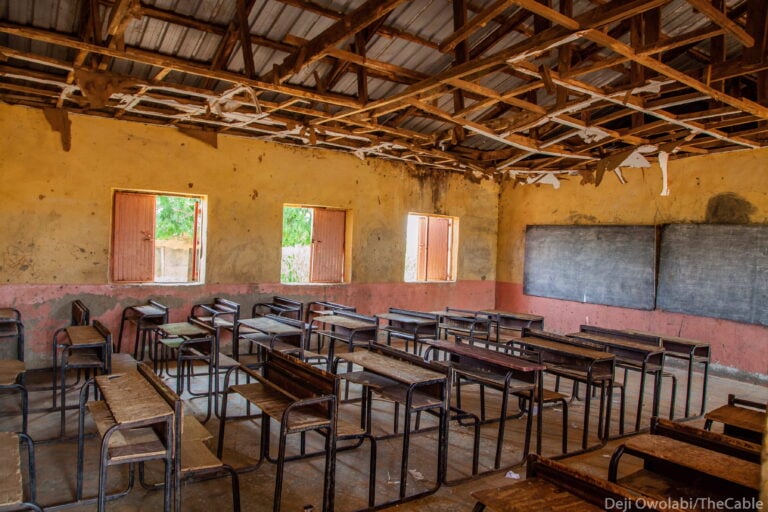Katsina State Shuts All Schools Amid Rising Insecurity

The Katsina State government has ordered an immediate shutdown of **all schools**, both public and private, citing serious security threats across the region. The government says the move is a precaution to protect students, teachers, and school staff from rising violence and attacks.
Quick Insight:
By closing schools preemptively, the state is prioritising safety — but the disruption could have major consequences for education continuity, especially for children whose parents rely on daily school attendance.
1. What the State Government Is Saying
• The Ministry of Basic and Secondary Education announced the shutdown via its Public Relations Office.
• The directive applies to **all primary and secondary schools** in the state.
• Authorities emphasize that they are closely monitoring security developments and will lift the shutdown only when safety is assured.
2. Impact on School Communities
• Students and parents now face uncertainty — how long the shutdown will last is unclear.
• Schools must pause academic activities, which could disrupt curriculum progression and exams schedules.
• Teachers and staff may be left without routine work or pay, depending on how long the closure lasts.
3. Bigger Picture: Insecurity & Education Risks
• The shutdown is part of a growing trend: insecurity is starting to deeply affect education in several northern states.
• Communities, schools, and local governments now face critical decisions: how to balance safety, learning, and the risk of long-term disruptions.
• There is an urgent need to strengthen school security infrastructure, engage local communities, and push for policy responses that protect learning while addressing root causes of violence.
Final Thoughts
The closure of all schools in Katsina is a serious signal: the threat of violence is now deeply affecting education. For students, parents, and educators, the top priority must be safety — but the longer schools stay shut, the greater the risk to education momentum. Stakeholders must work together to build solutions that restore learning without compromising security.
Tip: Schools should use this downtime to plan security audits, strengthen partnerships with local authorities, and explore remote learning to keep students engaged safely.
